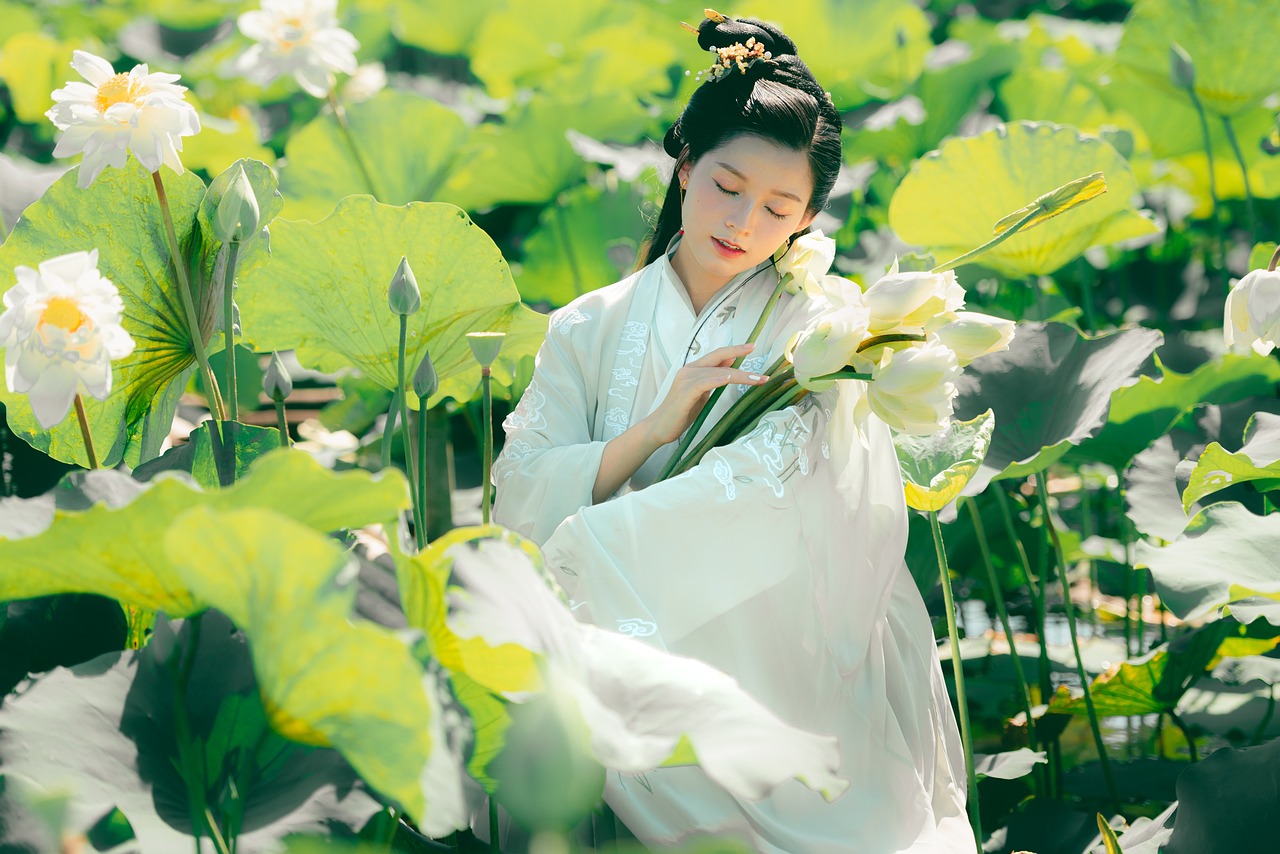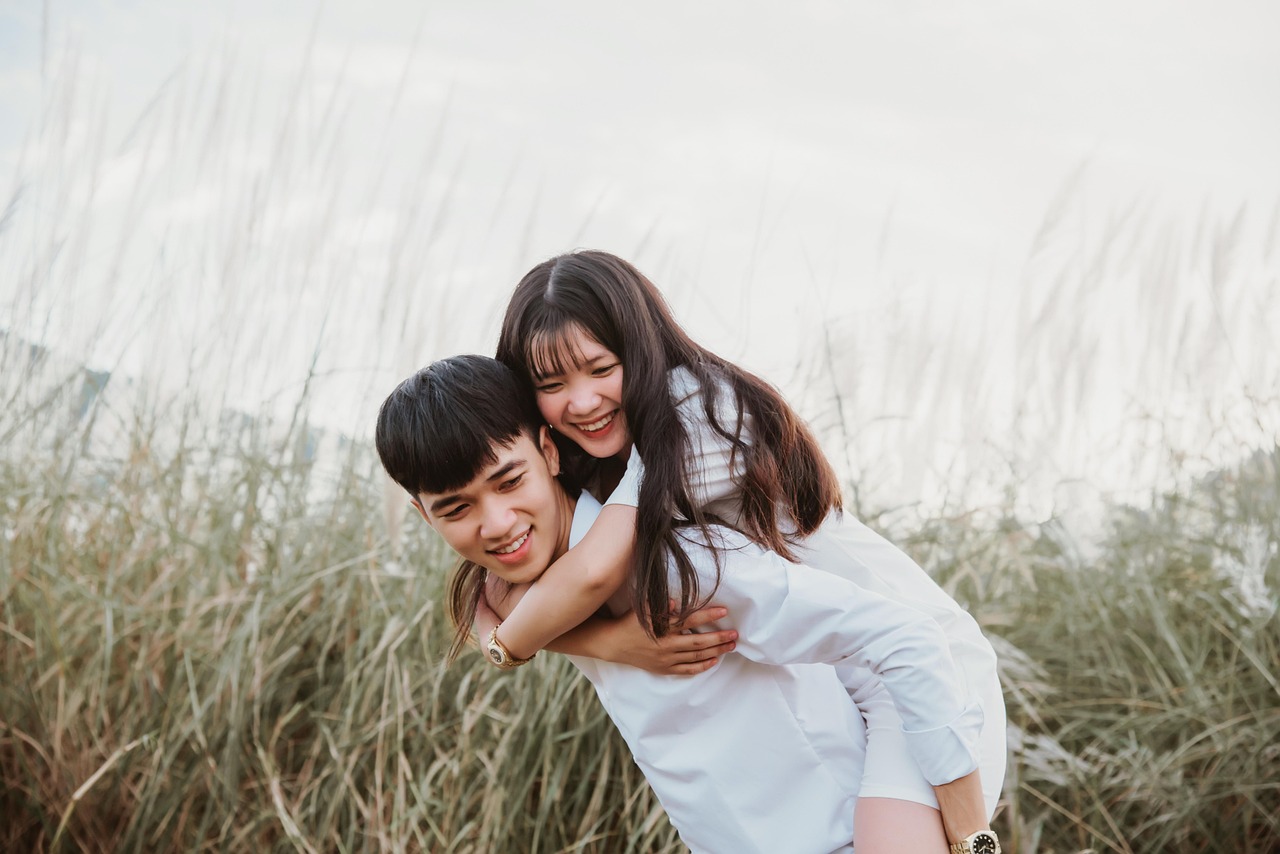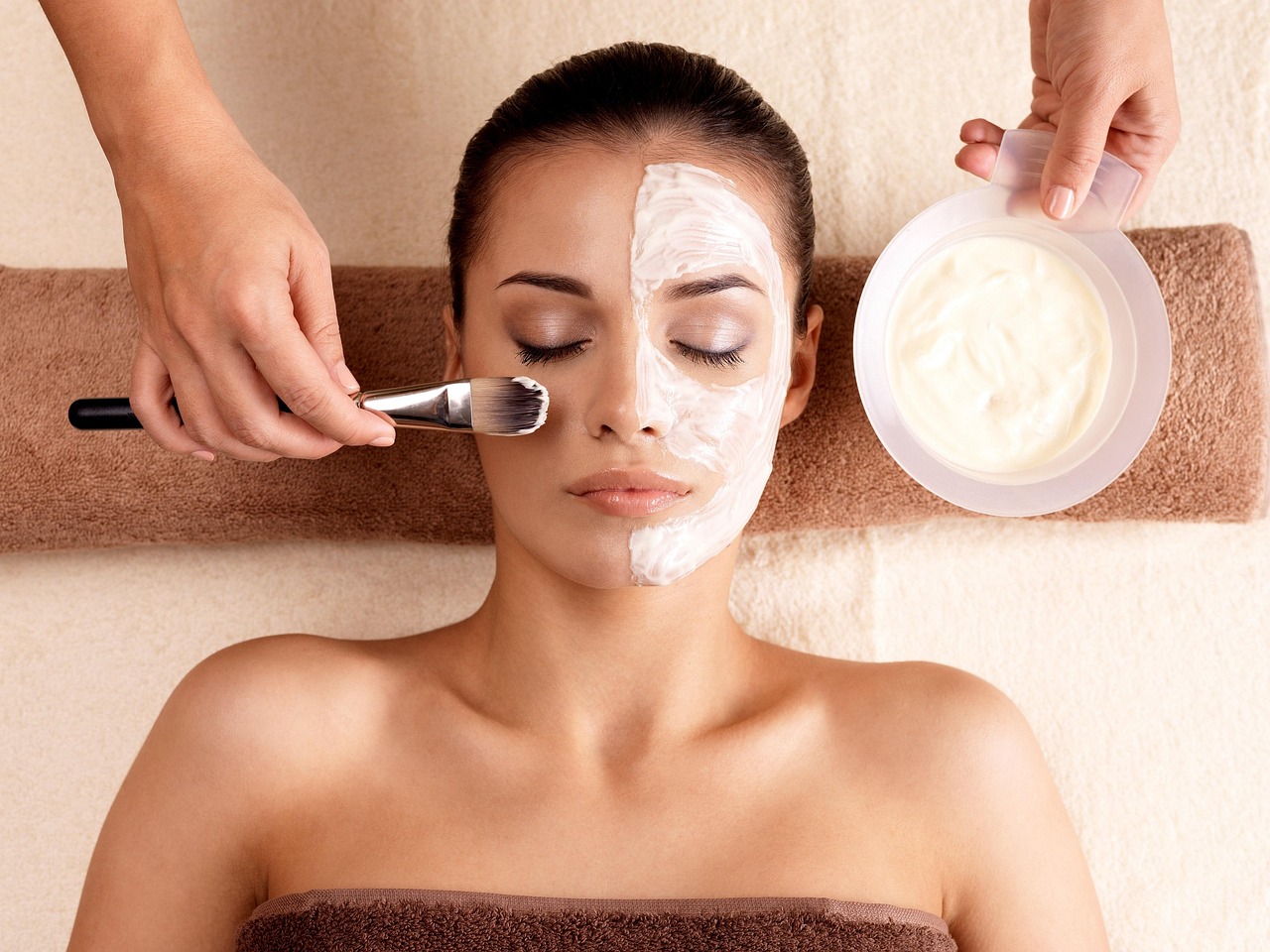This article delves into the rich tapestry of cultural roots that shape Asian massage practices, uncovering their historical significance, various techniques, and the underlying philosophies that define them across different Asian cultures.
The Historical Evolution of Asian Massage
Asian massage boasts a profound history that spans thousands of years, with its origins deeply embedded in the cultural fabric of the regions it represents. These practices have been influenced by various historical events, philosophies, and medicinal traditions, reflecting the values and beliefs of the societies that developed them.
Traditional Chinese Medicine and Massage
Central to the evolution of Chinese massage is Traditional Chinese Medicine (TCM), which emphasizes the balance of Qi (energy) and the significance of meridian pathways. This holistic approach integrates physical and spiritual well-being, making it a cornerstone of Chinese health practices.
Qi and Its Role in Massage
The concept of Qi is essential in TCM, believed to flow through the body along specific pathways. Massage techniques are designed to enhance this flow, promoting overall health and vitality.
Meridian Theory Explained
Meridian theory identifies the pathways through which Qi travels. Understanding these pathways is crucial for effective massage therapy, as it allows practitioners to target specific areas for healing.
Common Techniques in Chinese Massage
- Tui Na: A hands-on therapy that combines acupressure and massage.
- Shiatsu: A technique focusing on pressure points to restore energy balance.
Integrating Acupressure in Massage
Acupressure, derived from acupuncture, is often incorporated into massage practices. It provides targeted relief by stimulating specific points on the body, enhancing the therapeutic effects of the massage.
Japanese Massage Techniques and Their Origins
Japanese massage, including Shiatsu and Anma, reflects Japan’s unique cultural values concerning health and wellness. These techniques emphasize the importance of energy balance and holistic healing.
The Philosophy Behind Shiatsu
Shiatsu, meaning “finger pressure,” is rooted in TCM principles. It focuses on restoring energy balance through touch, promoting physical and emotional well-being.
Benefits of Anma Massage
Anma is a traditional Japanese massage that combines kneading and stretching. This technique promotes relaxation, enhances circulation, and alleviates tension.
Indian Ayurvedic Massage Practices
Ayurvedic massage is grounded in ancient Indian medicine, focusing on the balance of body, mind, and spirit. It employs various techniques and herbal oils tailored to individual needs.
Understanding Doshas in Ayurvedic Massage
The concept of doshas (body types) is fundamental in Ayurveda, guiding the choice of techniques and oils used in massage for personalized healing experiences.
Popular Ayurvedic Massage Techniques
- Abhyanga: A full-body massage using warm herbal oils.
- Shirodhara: A therapy involving the pouring of warm oil on the forehead.
Modern Adaptations of Traditional Practices
As Asian massage practices gain global recognition, many have adapted to contemporary wellness trends. This fusion of traditional techniques with modern approaches broadens their appeal and accessibility.
Integrating Western Techniques with Eastern Practices
The combination of Western massage techniques with Eastern philosophies creates innovative therapies that cater to diverse client needs, enhancing the overall wellness experience.
The Role of Asian Massage in Wellness Tourism
Asian massage practices are increasingly featured in wellness tourism, attracting individuals seeking holistic health experiences and cultural enrichment. These practices not only promote physical well-being but also provide a deep connection to the rich cultural heritage of Asia.
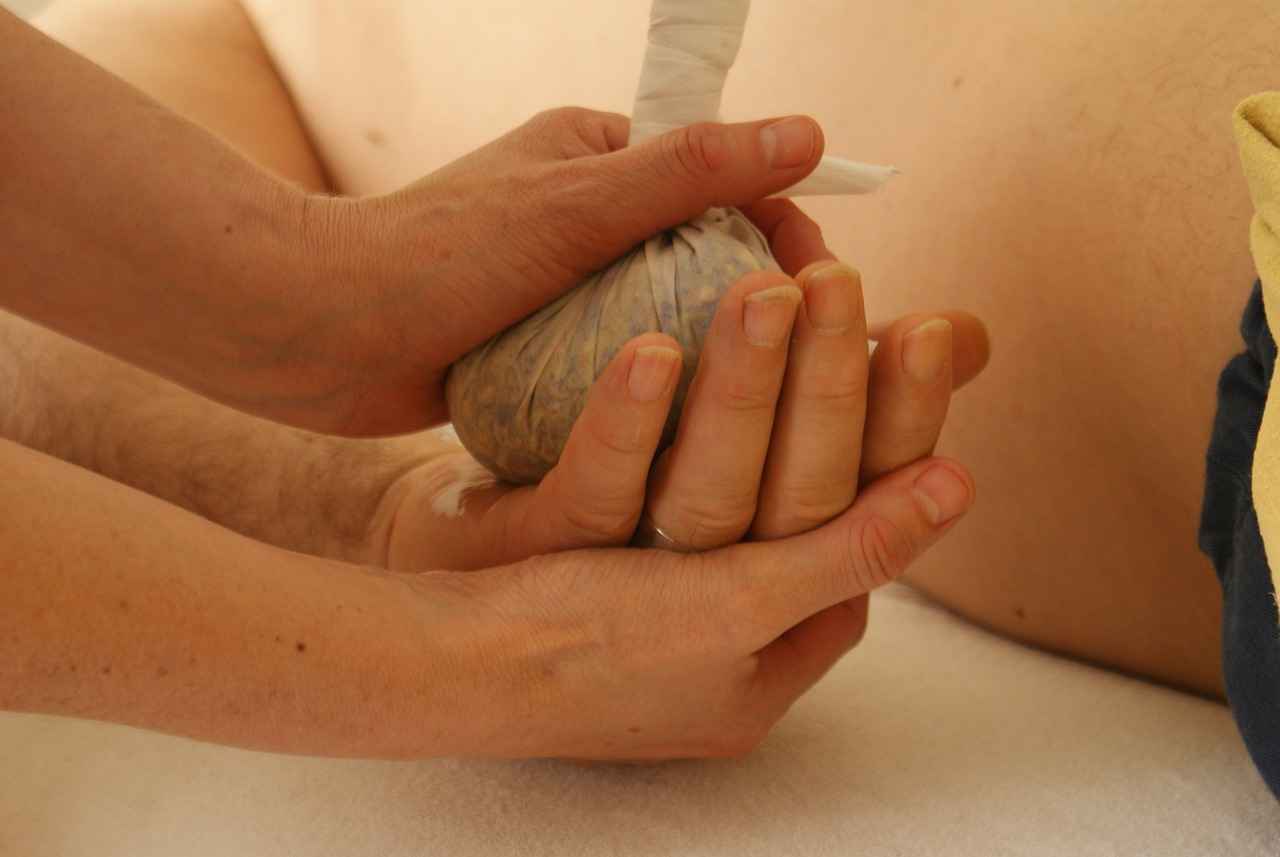
The Historical Evolution of Asian Massage
encompasses a vast array of techniques and philosophies that have been refined over millennia. Understanding this evolution is essential for appreciating the intricate cultural tapestry from which these practices emerged. Asian massage is not merely a physical treatment; it is a holistic approach that integrates body, mind, and spirit.
Historically, the roots of Asian massage can be traced back to ancient civilizations. In China, for example, the practice of massage is intertwined with the development of Traditional Chinese Medicine (TCM), which dates back over 2,500 years. TCM introduced concepts such as Qi (life energy) and the meridian system, establishing a framework for understanding health and disease. This foundational knowledge has influenced various massage techniques that aim to restore balance and promote healing.
- Tui Na: A form of Chinese therapeutic massage that combines acupressure and manipulation to enhance the flow of Qi.
- Shiatsu: A Japanese adaptation that emphasizes finger pressure along meridians, reflecting the influence of TCM in Japan.
- Anma: Another traditional Japanese technique that incorporates kneading and stretching for relaxation and circulation improvement.
In India, the principles of Ayurveda have shaped massage practices for thousands of years. Ayurvedic massage emphasizes the balance of the body’s three doshas—Vata, Pitta, and Kapha—using specific techniques and herbal oils tailored to individual needs. Techniques such as Abhyanga and Shirodhara are well-known for their therapeutic benefits.
As global interest in wellness grows, Asian massage practices have adapted to contemporary trends while retaining their traditional roots. This evolution has led to innovative therapies that blend Eastern philosophies with Western techniques, catering to a diverse clientele. The ongoing integration of these practices into wellness tourism highlights their enduring appeal and significance in promoting holistic well-being.
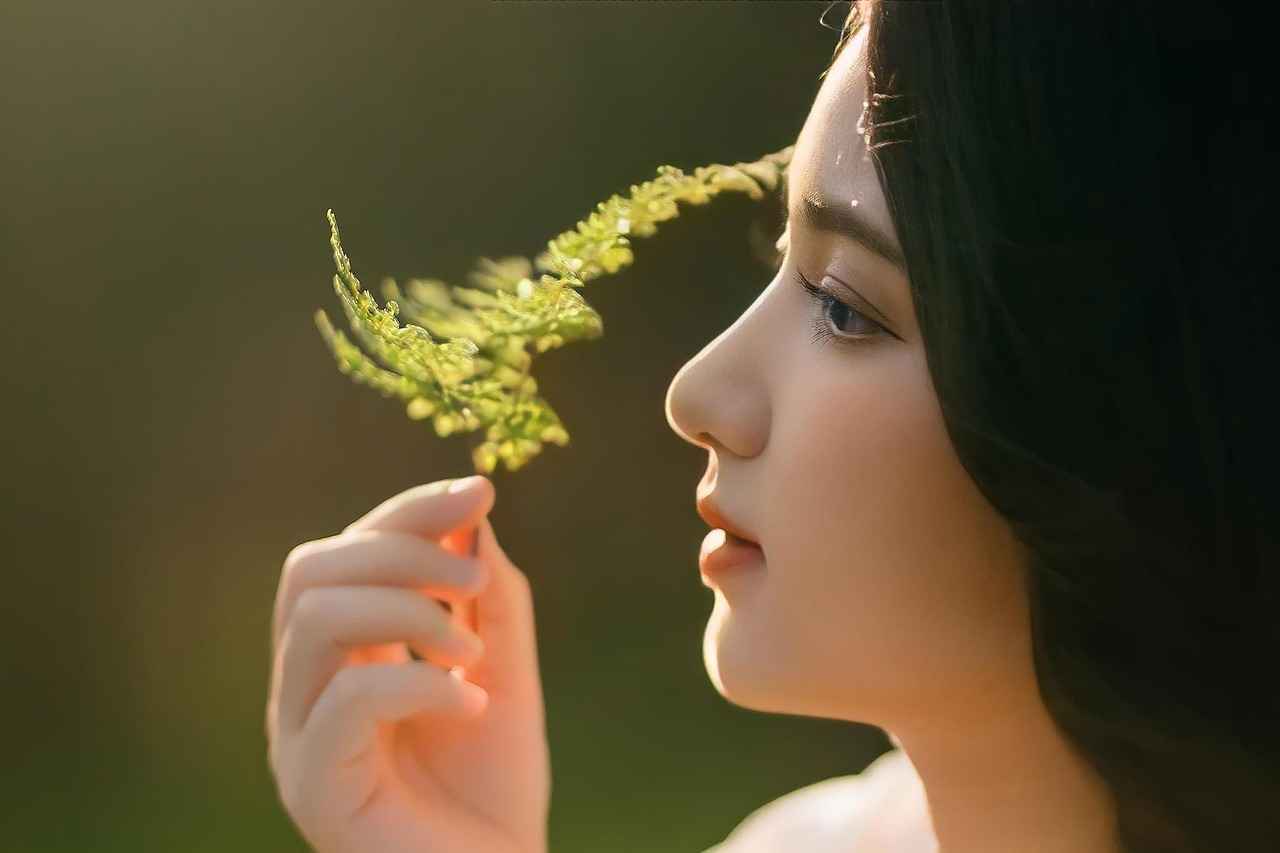
Traditional Chinese Medicine and Massage
Traditional Chinese Medicine (TCM) is a holistic approach to health that has significantly influenced various practices, including Chinese massage techniques. At the heart of TCM lies the concept of Qi, often referred to as the vital life force that flows through the body. The balance of Qi is essential for maintaining health, and any disruption in its flow can lead to various ailments. This philosophy is integral to the practice of massage in TCM, where the primary goal is to promote the smooth flow of Qi and restore harmony within the body.
Central to TCM is the meridian theory, which outlines a network of pathways through which Qi travels. These meridians connect different organs and systems, creating a complex web that supports overall well-being. Understanding the meridian pathways is crucial for practitioners as it allows them to target specific areas during massage, enhancing the therapeutic effects. Techniques such as Tui Na and Shiatsu are designed to manipulate these pathways, applying pressure and movement to stimulate the flow of Qi.
Moreover, the integration of acupressure into massage practices further exemplifies TCM’s influence. By applying pressure to specific points along the meridians, practitioners can provide targeted relief for various conditions, such as tension headaches, digestive issues, and stress-related disorders. This method not only enhances the physical benefits of massage but also aligns with TCM’s holistic view of health, addressing both the body and mind.
In essence, the relationship between Traditional Chinese Medicine and massage is deeply intertwined, with TCM providing a framework for understanding the body’s energy systems. This synergy not only enhances the effectiveness of massage techniques but also promotes a deeper appreciation for the ancient wisdom that continues to inform modern wellness practices.
Qi and Its Role in Massage
The concept of Qi, often translated as “life force” or “energy,” is a fundamental principle in Traditional Chinese Medicine (TCM). This vital energy is believed to circulate through the body along specific pathways known as meridians. The flow of Qi is essential for maintaining health and balance within the body, and any disruption in this flow can lead to physical or emotional ailments.
Massage techniques in TCM are designed to enhance the flow of Qi, thereby promoting overall health and well-being. Practitioners utilize various methods to stimulate the meridians, helping to release blockages and restore harmony. Among the most recognized techniques is Tui Na, which combines acupressure and massage strokes to target specific areas of tension. This approach not only alleviates physical discomfort but also encourages the free flow of energy throughout the body.
Another important aspect of Qi in massage is the concept of balance. TCM posits that both excess and deficiency of Qi can lead to health issues. Therefore, massage therapists are trained to assess a client’s energy levels and tailor their techniques accordingly. For instance, if a client presents with symptoms of excess heat, the therapist may employ gentle, cooling techniques to help restore equilibrium.
- Benefits of Qi-focused Massage:
- Promotes relaxation and reduces stress.
- Enhances circulation and improves metabolic functions.
- Supports the body’s natural healing processes.
Incorporating the principles of Qi into massage not only enriches the therapeutic experience but also aligns with the holistic philosophy of TCM. As awareness of these practices grows globally, more individuals are discovering the profound benefits of engaging with their own Qi through massage therapy.
Meridian Theory Explained
Meridian Theory is a foundational concept in Traditional Chinese Medicine (TCM) that describes the intricate network of pathways through which Qi (vital energy) flows within the body. This theory is essential for practitioners of massage therapy, as it provides the framework for understanding how to manipulate this energy to promote healing and wellness.
According to Meridian Theory, there are twelve primary meridians, each corresponding to different organs and bodily functions. These pathways are believed to connect the physical body with the energetic systems, allowing for the flow of Qi. When Qi flows freely, it is said to maintain balance and health. However, blockages or disruptions in this flow can lead to various physical and emotional ailments.
Massage techniques in TCM are designed to enhance the flow of Qi along these meridians. For instance, practitioners may use specific strokes, pressures, and stretches to stimulate the meridians, encouraging the release of stagnant energy. This not only helps alleviate pain but also promotes relaxation and overall well-being.
| Meridian | Associated Organ | Common Techniques |
|---|---|---|
| Liver | Liver | Gentle kneading and stretching |
| Heart | Heart | Deep tissue techniques |
| Spleen | Spleen | Pressure point stimulation |
Understanding the meridian pathways is crucial for effective massage therapy in TCM. By recognizing where these pathways lie and how they interact with various organs, practitioners can tailor their techniques to address specific health concerns. This personalized approach not only enhances the efficacy of the treatment but also aligns with the holistic philosophy of TCM, which views the body as an interconnected whole.
In summary, Meridian Theory is more than just a theoretical framework; it is a practical guide that informs the techniques and practices of massage therapy in TCM. By mastering this theory, practitioners can better facilitate the flow of Qi, leading to improved health outcomes for their clients.
Common Techniques in Chinese Massage
Chinese massage encompasses a variety of techniques, each with its own distinctive approaches and therapeutic benefits. Among the most prominent methods are Tui Na and Shiatsu, both of which have deep roots in Traditional Chinese Medicine (TCM) and are designed to promote overall wellness.
Tui Na, which translates to “push and grasp,” is a hands-on therapy that utilizes a range of techniques such as kneading, rolling, and pressing. This method is particularly effective in relieving muscle tension and improving circulation. Practitioners often focus on specific acupressure points, which are believed to correspond to different organs and systems within the body, thereby promoting the flow of Qi (energy) and enhancing the body’s natural healing abilities.
On the other hand, Shiatsu is a Japanese adaptation of Chinese massage principles, emphasizing finger pressure on specific points along the body’s meridians. This technique not only aims to relieve physical discomfort but also addresses emotional well-being. Shiatsu practitioners believe that by balancing the body’s energy, they can help alleviate stress, anxiety, and other emotional disturbances.
| Technique | Focus | Benefits |
|---|---|---|
| Tui Na | Muscle tension and circulation | Improved mobility, pain relief |
| Shiatsu | Energy balance and emotional well-being | Stress relief, relaxation |
Both Tui Na and Shiatsu are integral to the practice of Chinese massage, offering unique techniques that cater to different needs. By understanding these methods, individuals can choose the type of massage that best suits their health goals and preferences. Whether seeking relief from physical ailments or looking to enhance mental clarity, these traditional practices provide a holistic approach to wellness.
Integrating Acupressure in Massage
is a transformative practice that combines the ancient wisdom of acupuncture with the therapeutic benefits of massage techniques. Acupressure, which involves applying pressure to specific points on the body, is believed to enhance the flow of Qi (energy) and promote overall well-being.
This technique is not merely a standalone approach; it is often seamlessly integrated into various massage modalities, providing a holistic experience that addresses both physical and emotional needs. By stimulating specific acupressure points, practitioners can target areas of discomfort, alleviate stress, and enhance relaxation.
- Targeted Relief: Acupressure can effectively relieve pain and tension in various parts of the body, such as the back, neck, and shoulders. By focusing on these key areas, the practitioner can help restore balance and alleviate discomfort.
- Enhanced Relaxation: The combination of acupressure with massage techniques fosters deep relaxation, allowing clients to experience a profound sense of calm and tranquility.
- Improved Circulation: Stimulating acupressure points can enhance blood flow, which is essential for healing and overall health. Improved circulation helps deliver vital nutrients to tissues while removing toxins.
- Emotional Balance: Acupressure is known to help release emotional blockages, promoting a sense of emotional well-being. This aspect is particularly beneficial in a massage setting, where clients seek both physical and emotional relief.
Incorporating acupressure into massage not only enriches the client’s experience but also empowers the practitioner with a versatile tool to address diverse health concerns. This integration reflects a growing trend in holistic health practices, where ancient techniques meet modern wellness needs.
As more individuals seek natural and effective ways to manage stress and pain, the integration of acupressure in massage therapy continues to gain popularity, offering a pathway to improved health and well-being.
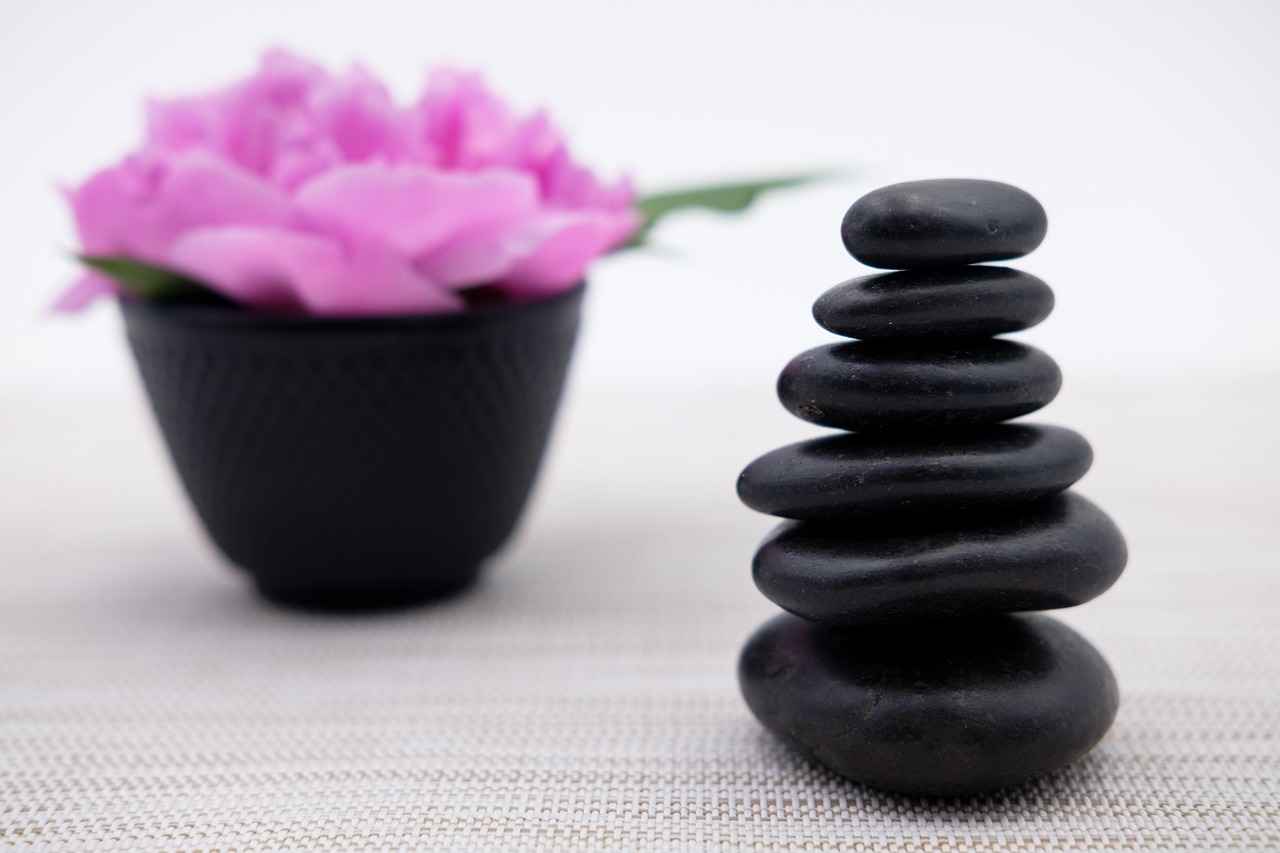
Japanese Massage Techniques and Their Origins
Japanese massage encompasses a range of techniques that are deeply rooted in the cultural and philosophical traditions of Japan. Two of the most prominent forms are Shiatsu and Anma, each reflecting unique aspects of Japanese health practices and beliefs.
The origins of Shiatsu can be traced back to traditional Chinese medicine, which emphasizes the flow of Qi (energy) within the body. Shiatsu, meaning “finger pressure,” utilizes various techniques such as kneading, pressing, and stretching to restore balance and promote overall well-being. Practitioners believe that by applying pressure to specific points, they can enhance the flow of Qi, alleviate stress, and improve physical health. This holistic approach aligns with Japan’s cultural emphasis on harmony and balance.
Anma, on the other hand, is a traditional form of massage that combines techniques of kneading and stretching. Originating in Japan, Anma has been practiced for centuries and is known for its ability to promote relaxation and stimulate circulation. The practice is often performed on a futon or mat, allowing the therapist to use their body weight effectively. Anma embodies the Japanese philosophy of “wa”, which emphasizes peace and tranquility, making it a popular choice for those seeking relief from tension and fatigue.
Both Shiatsu and Anma are not merely physical treatments; they embody a philosophical approach to health and wellness in Japan. These practices encourage mindfulness and a deeper connection between the mind and body, reflecting the Japanese belief in the importance of maintaining a balanced lifestyle. As the world increasingly embraces holistic health practices, the significance of Japanese massage techniques continues to grow, offering both therapeutic benefits and cultural enrichment.
- Shiatsu: Focuses on energy balance through finger pressure.
- Anma: Combines kneading and stretching for relaxation.
- Cultural Significance: Reflects Japan’s values of harmony and balance.
Key Benefits of Japanese Massage Techniques:- Enhances relaxation- Promotes circulation- Restores energy balance
The Philosophy Behind Shiatsu
is deeply rooted in the principles of Traditional Chinese Medicine (TCM) and reflects a holistic approach to health and wellness. Shiatsu, which translates to “finger pressure” in Japanese, emphasizes the significance of touch in promoting physical, emotional, and spiritual well-being.
This ancient practice is based on the belief that Qi (or vital energy) flows through the body along specific pathways known as meridians. When this energy is blocked or unbalanced, it can lead to various health issues. Shiatsu aims to restore harmony by applying pressure to these points, thereby enhancing the flow of Qi and facilitating the body’s natural healing processes.
Unlike many Western massage techniques that focus primarily on muscle relaxation, Shiatsu adopts a more comprehensive approach. Practitioners utilize their fingers, palms, and even elbows to apply rhythmic pressure on specific points, which can help alleviate tension, improve circulation, and promote relaxation. The practice not only addresses physical ailments but also considers emotional and psychological aspects, making it a truly holistic therapy.
Moreover, the philosophy behind Shiatsu is influenced by the concept of Yin and Yang, which represents the dual nature of existence. This principle underscores the importance of balance in all aspects of life, including health. Shiatsu practitioners strive to restore this balance through their techniques, ensuring that both the body and mind are nurtured.
In addition to its physical benefits, Shiatsu is often regarded as a form of preventive care. Regular sessions can help maintain overall health, reduce stress, and enhance vitality. By understanding the philosophy behind Shiatsu, individuals can appreciate its profound impact on their well-being and explore its potential as a complementary therapy in their wellness routines.
finger pressure,
Understanding the Cultural Origins of Asian Massage Practices
This article explores the diverse cultural roots of Asian massage practices, delving into their historical significance, techniques, and the philosophies that underpin them in various Asian cultures.
The Historical Evolution of Asian Massage
Asian massage has a rich history that dates back thousands of years. Understanding its evolution helps to appreciate the cultural influences that shaped these practices over time.
Traditional Chinese Medicine and Massage
Traditional Chinese Medicine (TCM) plays a pivotal role in the development of Chinese massage techniques, emphasizing the balance of Qi (energy) and the importance of meridian pathways.
- Qi and Its Role in Massage: The concept of Qi is central to TCM and is believed to flow through the body. Massage techniques aim to enhance this flow, promoting health and well-being.
- Meridian Theory Explained: Meridian theory outlines the pathways through which Qi travels. Understanding these pathways is crucial for effective massage therapy in TCM.
- Common Techniques in Chinese Massage: Various techniques such as Tui Na and Shiatsu are integral to Chinese massage, each with unique methods and benefits for the recipient.
Integrating Acupressure in Massage
Acupressure, a technique derived from acupuncture, is often integrated into massage practices, providing targeted relief by stimulating specific points on the body.
Japanese Massage Techniques and Their Origins
Japanese massage, including Shiatsu and Anma, has its own distinct traditions that reflect Japan’s cultural values and philosophies regarding health and wellness.
- The Philosophy Behind Shiatsu: Shiatsu, meaning finger pressure, is based on the principles of TCM, focusing on energy balance and holistic healing through touch.
- Benefits of Anma Massage: Anma, a traditional Japanese massage, combines kneading and stretching techniques, promoting relaxation and improving circulation.
Indian Ayurvedic Massage Practices
Ayurvedic massage is rooted in ancient Indian medicine, emphasizing the balance of body, mind, and spirit through various techniques and herbal oils.
- Understanding Doshas in Ayurvedic Massage: In Ayurveda, the concept of doshas (body types) is fundamental, guiding the choice of techniques and oils used in massage for personalized healing.
- Popular Ayurvedic Massage Techniques: Techniques like Abhyanga and Shirodhara are well-known in Ayurvedic practices, each offering unique benefits tailored to individual needs.
Modern Adaptations of Traditional Practices
As Asian massage practices gain popularity worldwide, many have adapted to modern wellness trends, blending traditional techniques with contemporary approaches for broader appeal.
- Integrating Western Techniques with Eastern Practices: The fusion of Western massage techniques with Eastern philosophies creates innovative therapies that cater to diverse client needs and preferences.
- The Role of Asian Massage in Wellness Tourism: Asian massage practices are increasingly featured in wellness tourism, attracting individuals seeking holistic health experiences and cultural enrichment.
is based on the principles of TCM, focusing on energy balance and holistic healing through touch.
Understanding the Cultural Origins of Asian Massage Practices
This article explores the diverse cultural roots of Asian massage practices, delving into their historical significance, techniques, and the philosophies that underpin them in various Asian cultures.
The Historical Evolution of Asian Massage
Asian massage has a rich history that dates back thousands of years. Understanding its evolution helps to appreciate the cultural influences that shaped these practices over time.
Traditional Chinese Medicine and Massage
Traditional Chinese Medicine (TCM) plays a pivotal role in the development of Chinese massage techniques, emphasizing the balance of Qi (energy) and the importance of meridian pathways.
- Qi and Its Role in Massage: The concept of Qi is central to TCM and is believed to flow through the body. Massage techniques aim to enhance this flow, promoting health and well-being.
- Meridian Theory Explained: Meridian theory outlines the pathways through which Qi travels. Understanding these pathways is crucial for effective massage therapy in TCM.
- Common Techniques in Chinese Massage: Various techniques such as Tui Na and Shiatsu are integral to Chinese massage, each with unique methods and benefits for the recipient.
Integrating Acupressure in Massage
Acupressure, a technique derived from acupuncture, is often integrated into massage practices, providing targeted relief by stimulating specific points on the body.
Japanese Massage Techniques and Their Origins
Japanese massage, including Shiatsu and Anma, has its own distinct traditions that reflect Japan’s cultural values and philosophies regarding health and wellness.
- The Philosophy Behind Shiatsu: Shiatsu, meaning finger pressure, is based on the principles of TCM, focusing on energy balance and holistic healing through touch.
- Benefits of Anma Massage: Anma, a traditional Japanese massage, combines kneading and stretching techniques, promoting relaxation and improving circulation.
Indian Ayurvedic Massage Practices
Ayurvedic massage is rooted in ancient Indian medicine, emphasizing the balance of body, mind, and spirit through various techniques and herbal oils.
- Understanding Doshas in Ayurvedic Massage: In Ayurveda, the concept of doshas (body types) is fundamental, guiding the choice of techniques and oils used in massage for personalized healing.
- Popular Ayurvedic Massage Techniques: Techniques like Abhyanga and Shirodhara are well-known in Ayurvedic practices, each offering unique benefits tailored to individual needs.
Modern Adaptations of Traditional Practices
As Asian massage practices gain popularity worldwide, many have adapted to modern wellness trends, blending traditional techniques with contemporary approaches for broader appeal.
- Integrating Western Techniques with Eastern Practices: The fusion of Western massage techniques with Eastern philosophies creates innovative therapies that cater to diverse client needs and preferences.
- The Role of Asian Massage in Wellness Tourism: Asian massage practices are increasingly featured in wellness tourism, attracting individuals seeking holistic health experiences and cultural enrichment.
Benefits of Anma Massage
Anma massage, a traditional form of Japanese therapy, is deeply rooted in the cultural and historical practices of Japan. This technique is not just a method of relaxation; it embodies a holistic approach to well-being that integrates both physical and mental health.
Techniques of Anma Massage
- Kneading: This technique involves rhythmic pressure applied to the muscles, which helps to relieve tension and promote relaxation.
- Stretching: Anma incorporates gentle stretching movements that enhance flexibility and improve the range of motion in the body.
- Pressure Points: Similar to acupressure, Anma targets specific points on the body to stimulate energy flow and alleviate discomfort.
Physical Benefits
- Improved Circulation: The combination of kneading and stretching promotes blood flow, which can enhance overall health and vitality.
- Muscle Relaxation: By relieving muscle tension, Anma can help reduce pain and stiffness, making it beneficial for those with chronic pain conditions.
- Enhanced Flexibility: Regular sessions can lead to improved flexibility, making daily movements easier and more comfortable.
Mental and Emotional Benefits
- Stress Relief: Anma massage is known for its calming effects, helping to reduce stress and anxiety levels.
- Improved Sleep: By promoting relaxation, it can contribute to better sleep quality and overall mental well-being.
- Mindfulness: The practice encourages a connection between the mind and body, fostering a sense of mindfulness and presence.
In summary, Anma massage offers a myriad of benefits, making it a valuable addition to any wellness routine. Its unique blend of techniques not only addresses physical ailments but also nurtures mental and emotional health, embodying the essence of holistic healing.
Indian Ayurvedic Massage Practices
Indian Ayurvedic massage is a holistic practice deeply rooted in the ancient Indian system of medicine known as Ayurveda. This form of massage emphasizes the balance of body, mind, and spirit, utilizing a variety of techniques and natural herbal oils to promote overall well-being.
At the core of Ayurvedic massage is the philosophy of Ayurveda, which believes that health is a state of balance among the body’s three doshas: Vata, Kapha, and Pitta. Each dosha represents different physical and emotional characteristics, and understanding an individual’s dosha is essential for tailoring massage techniques and oils to their specific needs.
- Abhyanga: This is a traditional full-body massage that uses warm herbal oils. It is designed to nourish the skin, improve circulation, and promote relaxation.
- Shirodhara: In this technique, warm oil is poured continuously over the forehead. It is known for its calming effects and is often used to alleviate stress and anxiety.
- Pindaswedana: This involves the use of herbal poultices filled with rice and medicinal herbs, which are heated and applied to the body, providing deep relaxation and relief from muscle tension.
Ayurvedic massage offers numerous benefits, including:
- Enhanced circulation: The techniques used in Ayurvedic massage stimulate blood flow, promoting healthier organ function.
- Detoxification: The use of herbal oils aids in the removal of toxins from the body, enhancing overall health.
- Stress relief: Regular sessions can significantly reduce stress levels, leading to improved mental clarity and emotional balance.
The selection of oils in Ayurvedic massage is crucial. Oils are chosen based on the individual’s dosha and specific health concerns. Commonly used oils include sesame, coconut, and almond oil, each possessing unique properties that enhance the therapeutic effects of the massage.
As wellness trends evolve, Ayurvedic massage is increasingly integrated into modern spa treatments and wellness programs. Its holistic approach resonates with individuals seeking natural and effective ways to maintain their health.
Understanding Doshas in Ayurvedic Massage
In the realm of Ayurveda, the understanding of doshas is pivotal in tailoring massage therapies to meet individual needs. The three doshas—Vata, Kapha, and Pitta—represent distinct body types and energies that influence a person’s physical and mental characteristics. Each dosha has unique qualities, and recognizing these can significantly enhance the efficacy of massage treatments.
The concept of doshas is not just about categorizing individuals; it serves as a foundation for personalized healing. For instance, someone with a predominance of Vata may experience benefits from warm oils and calming techniques, as they tend to be more prone to anxiety and dryness. In contrast, a Kapha individual, characterized by stability and strength, might benefit from invigorating techniques that stimulate circulation and energy flow.
| Dosha | Characteristics | Recommended Techniques |
|---|---|---|
| Vata | Dry, light, quick, and irregular | Gentle, warm oil massages (e.g., Abhyanga) |
| Kapha | Heavy, slow, steady, and solid | Stimulating techniques (e.g., vigorous strokes) |
| Pitta | Hot, intense, sharp, and focused | Cooling oils and soothing strokes |
Moreover, the choice of herbal oils in Ayurvedic massage is closely linked to the dosha of the individual. For example, sesame oil is often used for Vata types due to its warming properties, while coconut oil may be preferred for Pitta types for its cooling effects. This personalized approach not only enhances the massage experience but also promotes deeper healing by addressing the root causes of imbalances.
In summary, understanding doshas in Ayurvedic massage is crucial for achieving optimal health and wellness. By recognizing the unique characteristics of each dosha and applying appropriate techniques and oils, practitioners can provide a truly holistic healing experience that resonates with the individual’s needs.
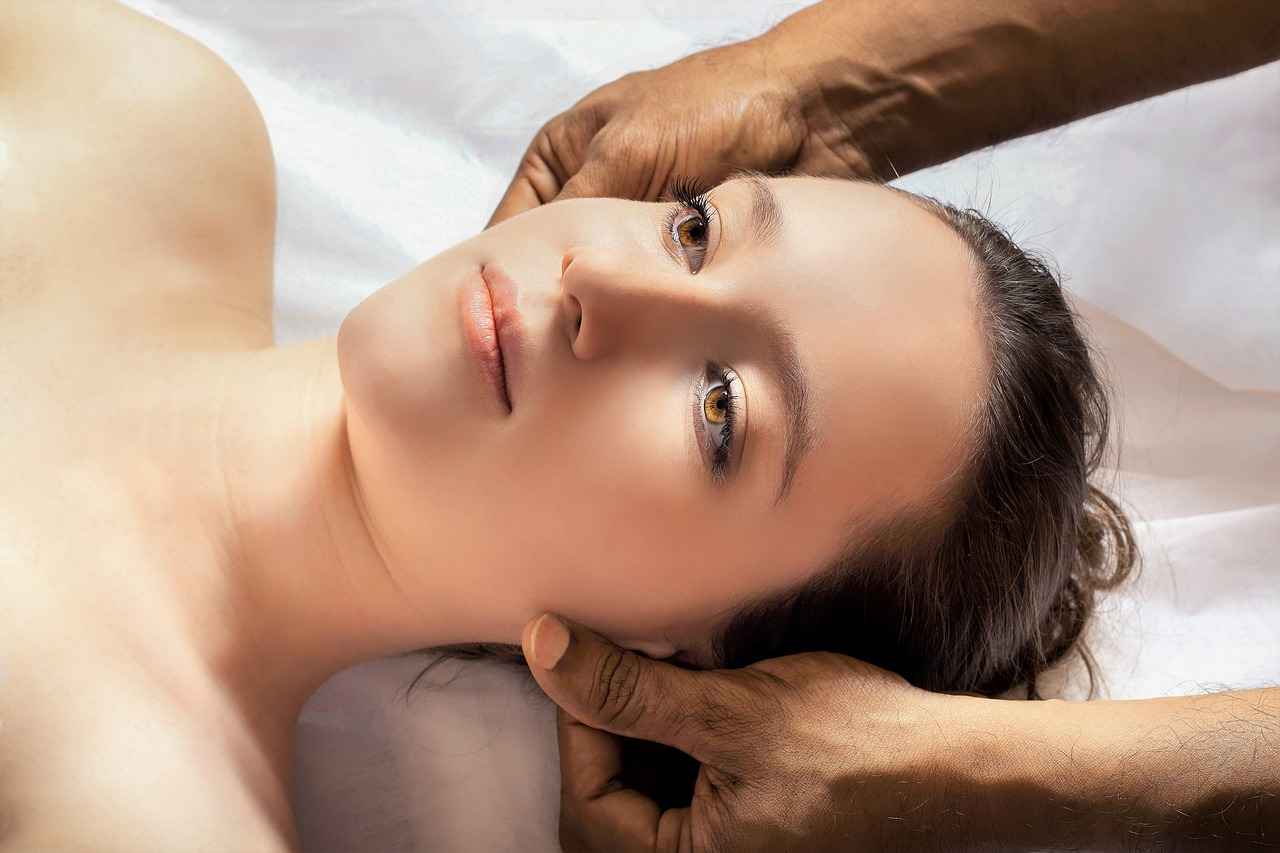
Popular Ayurvedic Massage Techniques
Ayurvedic massage is a profound practice rooted in the ancient healing system of Ayurveda, which emphasizes the balance of body, mind, and spirit. Among the various techniques employed in Ayurvedic massage, two stand out for their effectiveness and popularity: Abhyanga and Shirodhara. Each technique is designed to cater to individual needs, providing a tailored approach to wellness.
Abhyanga is a traditional full-body massage that utilizes warm herbal oils. This technique is not only relaxing but also serves several health benefits:
- Promotes Circulation: The rhythmic strokes enhance blood flow, nourishing tissues and organs.
- Detoxification: The use of oils helps to eliminate toxins from the body, promoting overall health.
- Balancing Doshas: Abhyanga is customized based on an individual’s dosha, thus addressing specific imbalances.
This technique is often recommended for its ability to calm the mind and rejuvenate the body, making it a favorite among those seeking holistic wellness.
Shirodhara is another remarkable Ayurvedic technique, characterized by the steady pouring of warm oil onto the forehead. This practice offers distinct benefits:
- Stress Relief: The gentle flow of oil calms the nervous system, significantly reducing stress and anxiety levels.
- Enhanced Mental Clarity: By soothing the mind, Shirodhara can improve focus and mental clarity.
- Promotes Better Sleep: Regular sessions can help alleviate insomnia, leading to improved sleep quality.
Shirodhara is particularly effective for those dealing with mental fatigue, as it nurtures both physical and emotional well-being.
In summary, both Abhyanga and Shirodhara play vital roles in Ayurvedic massage, each offering unique benefits tailored to individual needs. By integrating these practices into a wellness routine, individuals can experience profound healing and rejuvenation.
Modern Adaptations of Traditional Practices
As global interest in wellness and holistic health continues to rise, Asian massage practices have found their way into mainstream wellness routines. These ancient techniques, rooted in rich cultural histories, are now being adapted to align with contemporary lifestyles and preferences. This melding of the old and the new not only preserves the essence of these traditional practices but also enhances their accessibility and appeal to a broader audience.
One significant trend is the incorporation of mindfulness and stress relief techniques into traditional Asian massage. Practitioners are increasingly integrating elements such as guided meditation and breathing exercises into sessions, creating a more holistic experience. This approach addresses not only the physical aspects of massage but also the mental and emotional well-being of clients.
Furthermore, the fusion of Western massage techniques with Eastern philosophies has led to the development of innovative therapies. For example, Thai massage is often combined with elements of Swedish massage, resulting in a unique experience that promotes relaxation while also enhancing flexibility and circulation. This cross-pollination of techniques caters to diverse client needs and preferences, making the practice more versatile.
In addition, the rise of wellness tourism has significantly impacted the adaptation of Asian massage practices. Many spas and wellness retreats now offer specialized programs that feature traditional Asian techniques, attracting tourists seeking authentic cultural experiences. These programs often highlight the historical significance and benefits of each technique, providing clients with a deeper understanding of the practices they are engaging in.
Moreover, the use of technology in the wellness industry has also influenced Asian massage practices. Online platforms allow clients to book appointments, access educational content, and even engage in virtual sessions. This accessibility makes it easier for individuals to explore and experience the benefits of Asian massage, regardless of their location.
As Asian massage practices continue to evolve, they remain deeply rooted in their cultural origins while embracing modern wellness trends. This dynamic adaptation ensures that these ancient techniques not only survive but thrive in today’s fast-paced world, offering valuable benefits to a new generation of wellness seekers.
Integrating Western Techniques with Eastern Practices
The integration of Western massage techniques with Eastern practices represents a remarkable evolution in the field of therapeutic bodywork. This fusion not only enhances the effectiveness of treatments but also caters to a broader audience by addressing diverse client needs and preferences. By understanding the strengths of both traditions, therapists can create a more holistic approach to wellness.
Bridging the Gap Between Cultures
Western massage techniques, such as Swedish and deep tissue massage, focus on muscle relaxation and physical manipulation. In contrast, Eastern practices like Shiatsu and Thai massage emphasize energy flow and holistic healing. The combination of these methodologies allows therapists to offer a more comprehensive treatment plan that promotes both physical and emotional well-being.
Customized Therapies for Individual Needs
- Personalization: By assessing individual client needs, therapists can tailor sessions that incorporate both Western and Eastern techniques, ensuring a unique experience for each client.
- Enhanced Outcomes: The integration of techniques can lead to improved results, as clients benefit from the muscle relaxation of Western methods alongside the energy balancing of Eastern practices.
- Broader Appeal: This fusion attracts a wider range of clients, from those seeking relaxation to those looking for deeper therapeutic benefits.
Innovative Techniques on the Rise
Practitioners are increasingly developing innovative therapies that blend these approaches. For example, some therapists use deep tissue techniques to release tension in specific muscle groups while simultaneously employing acupressure to stimulate energy points. This dual approach can lead to a more profound sense of relaxation and rejuvenation.
Conclusion
The fusion of Western massage techniques with Eastern philosophies not only enriches the therapeutic experience but also promotes a greater understanding of holistic health. As this trend continues to grow, clients can look forward to more personalized and effective treatments that cater to their unique wellness journeys.
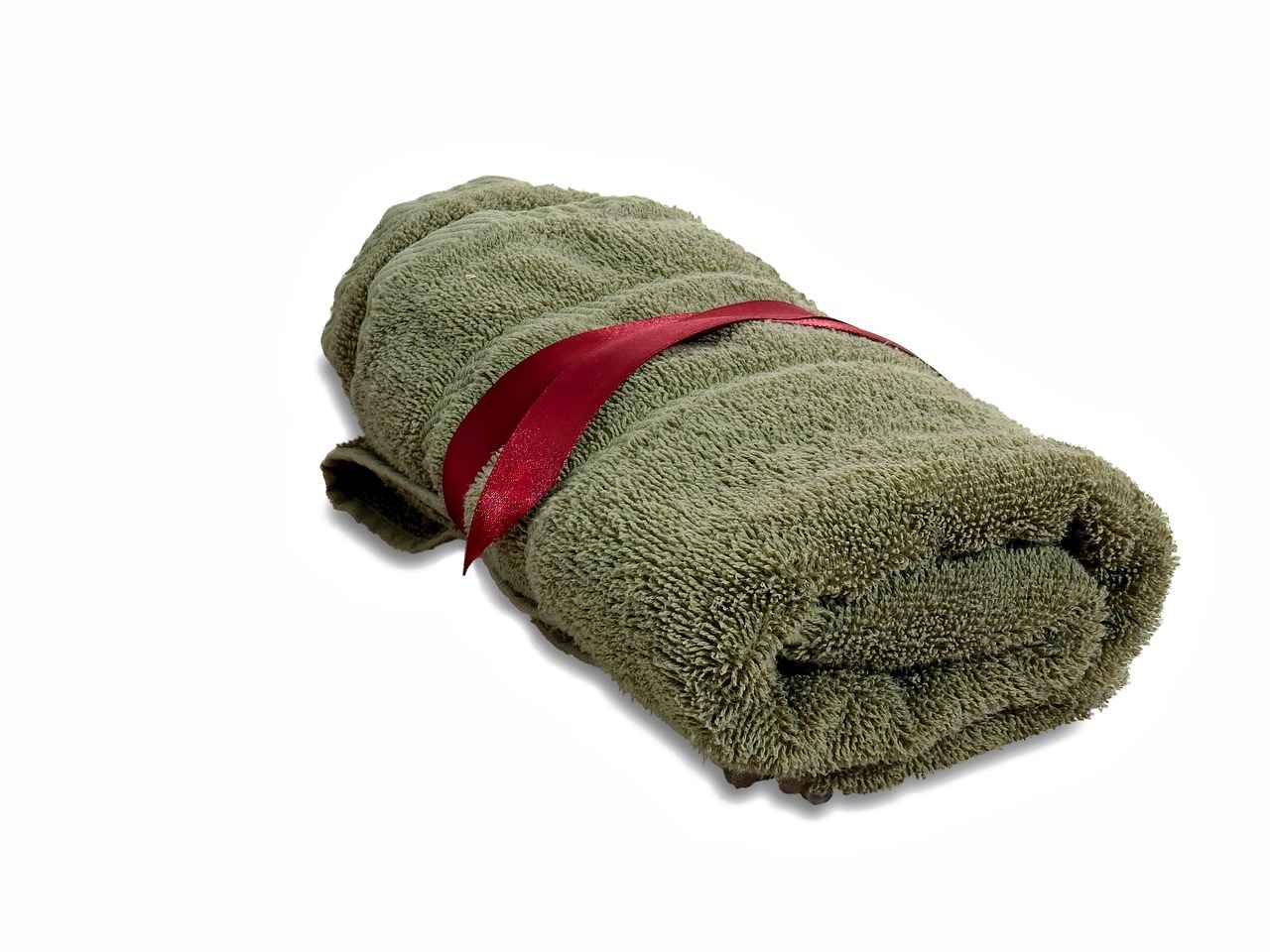
The Role of Asian Massage in Wellness Tourism
In recent years, Asian massage practices have gained significant traction within the realm of wellness tourism, appealing to those who seek not only physical relaxation but also cultural enrichment. These ancient techniques, deeply rooted in the philosophies and traditions of various Asian cultures, offer a holistic approach to health that resonates with modern wellness trends.
Wellness tourism, a sector focused on travel for the purpose of enhancing health and well-being, increasingly features Asian massage therapies. Tourists are drawn to these practices, which promise a unique blend of relaxation and cultural immersion. From the calming influence of Thai massage to the rejuvenating effects of Ayurvedic treatments, each method provides distinct benefits that cater to the needs of diverse clientele.
- Thai Massage: Incorporating yoga-like stretches and acupressure, this technique promotes flexibility and relaxation.
- Shiatsu: A Japanese form of massage that utilizes finger pressure along energy pathways, enhancing overall well-being.
- Ayurvedic Massage: Focused on balancing the body’s doshas, this practice uses herbal oils tailored to individual needs.
Moreover, the integration of these practices into wellness retreats and spas allows travelers to experience authentic cultural traditions while prioritizing their health. Many wellness resorts now offer packages that include various Asian massage therapies, catering to the growing demand for mind-body wellness experiences.
As more individuals recognize the benefits of holistic health approaches, the popularity of Asian massage within wellness tourism is expected to continue rising. By embracing these ancient practices, travelers not only improve their physical health but also gain valuable insights into the rich cultural tapestries from which these techniques originate.
Frequently Asked Questions
- What is the significance of Qi in Asian massage?
Qi, or energy, is central to Traditional Chinese Medicine (TCM) and is believed to flow through our bodies. Asian massage techniques aim to enhance this flow, promoting overall health and well-being. Think of it like tuning a musical instrument; when the Qi flows freely, the body plays a harmonious tune!
- How does Ayurvedic massage differ from other Asian massage practices?
Ayurvedic massage is rooted in ancient Indian medicine and focuses on balancing the body, mind, and spirit using specific techniques and herbal oils tailored to individual doshas, or body types. It’s like having a personalized wellness plan that caters to your unique needs!
- Can I combine Western massage techniques with Asian practices?
Absolutely! Many modern wellness centers blend Western techniques with Eastern philosophies, creating innovative therapies that address diverse client needs. It’s like mixing your favorite flavors to create a delicious new dish!
- What are some common techniques used in Chinese massage?
Common techniques include Tui Na and Shiatsu, each offering unique methods and benefits. Tui Na focuses on pushing and pulling, while Shiatsu emphasizes finger pressure. Think of them as different dance styles, each with its own rhythm and moves!
- Why is Asian massage popular in wellness tourism?
Asian massage practices have gained popularity in wellness tourism as they offer holistic health experiences and cultural enrichment. Travelers often seek these unique therapies to relax and rejuvenate, making it a sought-after experience worldwide!
